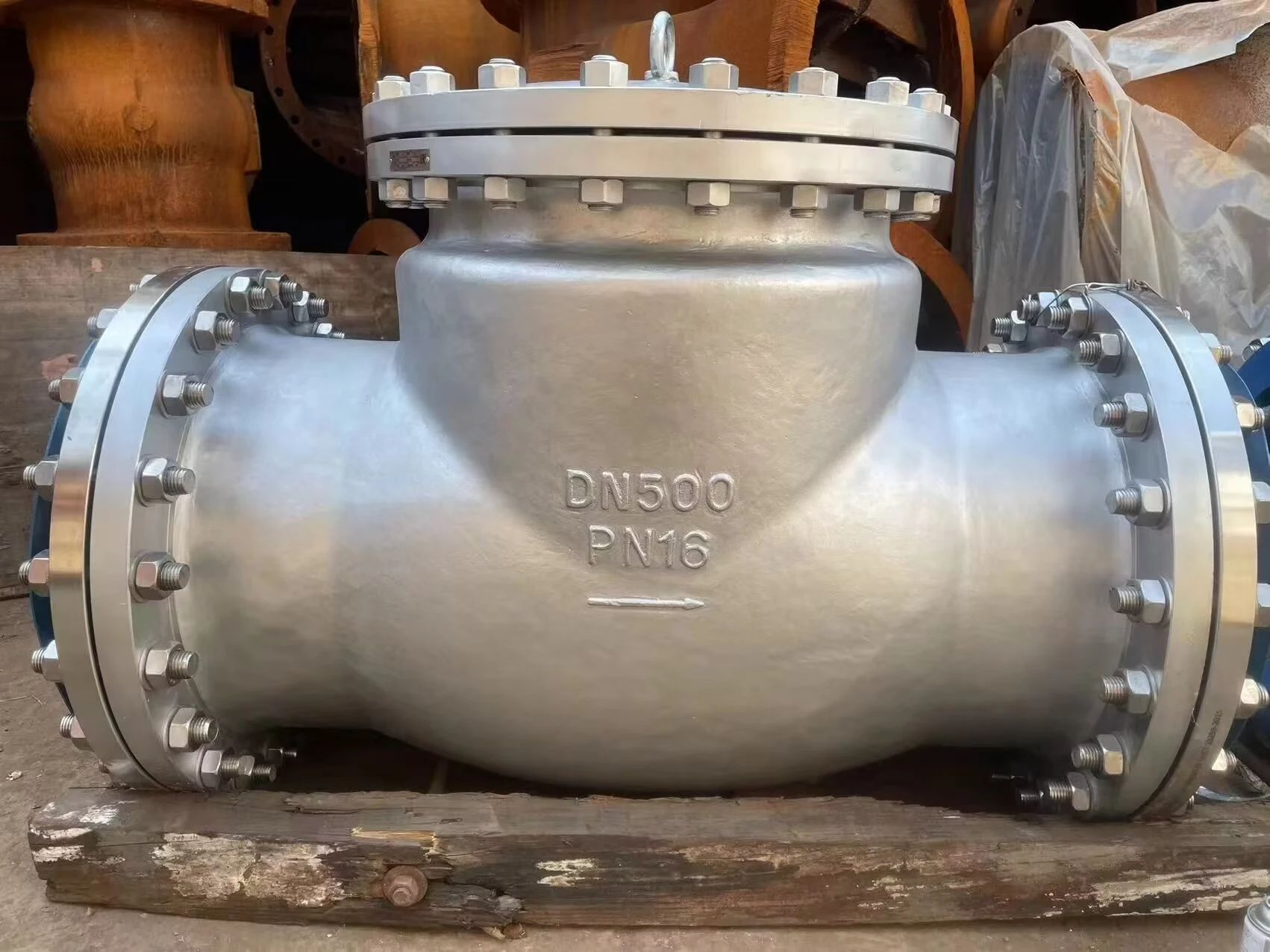stainless steel ball valve price
Understanding Stainless Steel Ball Valve Prices Factors and Considerations
In industrial applications, the choice of valves is crucial for ensuring the efficiency and reliability of fluid control systems. Among the various types of valves, stainless steel ball valves are highly favored due to their durability, resistance to corrosion, and ease of operation. However, when it comes to purchasing these essential components, many buyers are often concerned about the prices associated with stainless steel ball valves. This article aims to provide insights into the factors affecting their prices and tips for making informed purchasing decisions.
What is a Stainless Steel Ball Valve?
A stainless steel ball valve is a type of quarter-turn valve that uses a hollow, perforated, and pivoting ball to control the flow of fluids through it. The ball has a hole (or port) through its center, allowing flow when the valve is in the open position and stopping the flow when it is closed. Stainless steel is a popular material for ball valves because of its excellent corrosion resistance and ability to withstand extreme temperatures and pressures, making them suitable for various applications like oil and gas, chemical processing, and water supply.
Factors Influencing Stainless Steel Ball Valve Prices
1. Material Quality The composition of the stainless steel used in the valve can significantly impact its price. Valves made from higher-grade stainless steel (such as 316) are often more expensive due to their superior corrosion resistance and strength compared to lower grades (e.g., 304). The choice of material affects not only durability but also the valve's performance in specific environments.
2. Size and Specifications The size of the ball valve plays a direct role in its cost. Larger valves generally require more material and complex manufacturing processes, leading to higher prices. Additionally, specific specifications such as pressure ratings, end connections (e.g., threaded, flanged, or welded), and operational features (e.g., manual vs. automated) can also influence the overall cost.
3. Manufacturing Process The method used to manufacture the ball valve impacts its price. Valves produced using advanced techniques, such as casting and forging, may be priced higher due to the costs associated with these processes. The precision involved in creating the valve can also affect its performance and longevity, justifying a higher cost.
4. Brand Reputation Established brands with a reputation for quality and reliability often command higher prices for their products. Many buyers are willing to pay a premium for products from reputable manufacturers due to the assurance of quality, performance, and customer support that comes with them.
5. Quantity and Supply Chain Factors Bulk purchases often lead to discounts. Manufacturers and suppliers may offer reduced prices for larger orders, giving businesses an opportunity to save costs when buying in bulk. Additionally, fluctuating market conditions, material shortages, or increased shipping costs can also affect the pricing of ball valves.
stainless steel ball valve price

6. Features and Certifications Specialized features such as anti-static design, fire safety certifications, or automation capabilities can raise the price of a stainless steel ball valve. Valves designed for extreme conditions or specific regulations may also come with a premium.
Making Informed Purchasing Decisions
When considering the purchase of stainless steel ball valves, it’s essential for buyers to evaluate their specific application requirements
. Here are a few tips- Assess Application Needs Determine the exact specifications required for your operation, including the type of fluid, pressure, temperature, and size.
- Research Brands Investigate different manufacturers and their reputations. Look for reviews and testimonials to gauge the quality of their products.
- Compare Prices Obtain quotes from multiple suppliers, factoring in the specifications and features you require. This will provide a clearer picture of the market rates.
- Consider Total Cost of Ownership While the initial purchase price is important, consider the long-term maintenance costs, potential downtime, and replacement frequency when evaluating your options.
- Seek Expert Advice If uncertain, consult with industry professionals or engineers who can provide insights into the best products for your specific needs.
Conclusion
Understanding the factors that influence stainless steel ball valve prices empowers buyers to make informed decisions. By considering quality, specifications, brand reputation, and application needs, businesses can choose the right valves that not only meet their performance requirements but also align with their budgets. Investing in quality valves ultimately ensures efficient operations and minimizes future repair costs.
-
Breakthrough in Domestic Low Temperature Valve Technology in ChinaNewsAug.18,2025
-
From Machinery to Intelligent Brain: The Digital Transformation Wave of the Valve IndustryNewsAug.18,2025
-
PCVEXPO 2025NewsAug.18,2025
-
The Key to Fluid Control: Exploring the Advantages of Ball Valves in Industrial SystemsNewsJul.09,2025
-
The Versatile World of 1, 2, and 3 Piece Ball ValvesNewsJul.09,2025
-
Stainless Steel Ball Valves: The Ideal Choice for Efficient Flow ControlNewsJul.09,2025
-
Optimizing Fluid Control with Ball Float ValvesNewsJul.09,2025




